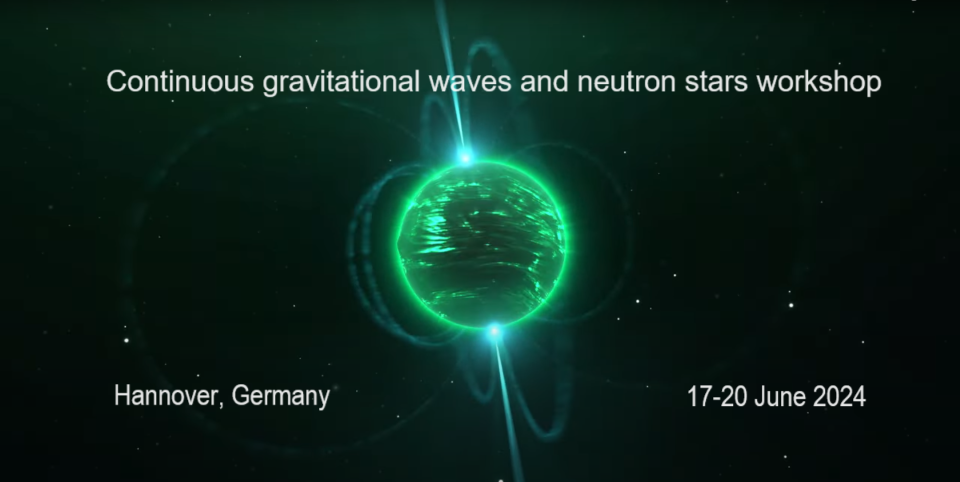Speaker
Description
In the past decades, several neutron stars (NSs), particularly pulsars, with mass $M>2M_\odot$ have been observed. On the other hand, the existence of massive white dwarfs (WDs), even violating the Chandrasekhar mass limit, was inferred from the peak luminosities of type Ia supernovae. Hence, there is a generic question of the origin of massive compact objects. Here we explore the existence of massive, magnetized, rotating compact objects using XNS code, which solves stationary stellar equilibria in general relativistic magnetohydrodynamics (GRMHD). We visualise the deformation of the compact objects due to magnetic field (toroidal and/or poloidal) and rotation (uniform or differential), by solving the Einstein equation (describing space-time metric) and Magneto-Hydrostatic Equilibrium (providing distribution of matter/energy) simultaneously. Our aim here is to understand the detection possibility of isolated NSs and WDs, which are difficult to detect in electromagnetic surveys, such as SDSS, Kepler, Gaia. Such isolated rotating objects with magnetic field and rotation axes misaligned, hence (triaxial system) having non-zero obliquity angle, can emit continuous gravitational waves (GWs), which can be detected by upcoming detectors, e.g., Einstein Telescope, DECIGO etc. We discuss the decays of magnetic field, angular velocity, and obliquity angle with time, due to Hall, Ohmic, ambipolar diffusion and angular momentum extraction by GW and dipole radiation, which determine the timescales related to the GW emission. Further, in the Alfvén timescale, a differentially rotating, massive proto-NS and WD rapidly loses angular momentum to settle into a uniformly rotating, less massive compact objects due to magnetic braking and/or viscous drag. These explorations suggest that the detection of massive compact objects is challenging and sets a timescale for detection. We calculate the signal-to-noise ratio of GW emission, which confirms that any detector cannot detect them immediately, but detectable by Einstein Telescope, Cosmic Explorer and BBO, DECIGO over months of integration time, leading to direct detection of NSs and WDs respectively.
Reference: Detection Possibility of Continuous Gravitational Waves from Rotating Magnetized Neutron Stars Mayusree Das and Banibrata Mukhopadhyay, ApJ, 955 (2023) 1, 19, 10.3847/1538-4357/aceb63 arXiv e-Print 2302.03706

